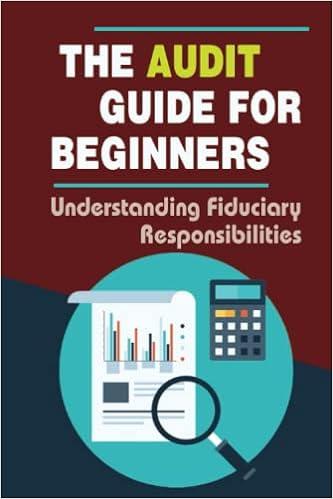Question
Sarah and Josh are contemplating marriage, and in the event that they marry their utility possibility frontier is given by x+y=12, where x and y,
Sarah and Josh are contemplating marriage, and in the event that they marry their utility possibility frontier is given by x+y=12, where x and y, respectively, denote the utility levels that Sarah and Josh attain in their married state. Their respective outside options generate a utility of X=0 for Sarah and Y=4 for Josh. 1. Graph the region of feasible utility combinations in marriage, which presumably is a cooperative endeavor. 2. Define the notion of Pareto efficiency. Why might we expect the outcome here to be Pareto efficient? 3. If Sarah could unilaterally decide the allocation of utilities, what allocation would she choose? And what allocation would Josh choose? 4. Describe (with the help of a diagram) the nature of the Nash bargaining solution (NBS), where both Sarah and Josh influence the outcome. 5. Compute the utilities of Sarah and Josh in the NBS by graphing the Nash product. Based on your solution, can you predict whether Sarah and Josh will opt to marry? 6. Redo part e when X=4 and X=8 (assuming that Y is fixed at 4). 7. Using the solutions you have computed, graph Sarahs utility in the NBS as a function of her threat utility. On the same figure, also graph Joshs utility in the NBS. What do these graphs say to you?
Step by Step Solution
There are 3 Steps involved in it
Step: 1

Get Instant Access to Expert-Tailored Solutions
See step-by-step solutions with expert insights and AI powered tools for academic success
Step: 2

Step: 3

Ace Your Homework with AI
Get the answers you need in no time with our AI-driven, step-by-step assistance
Get Started


